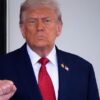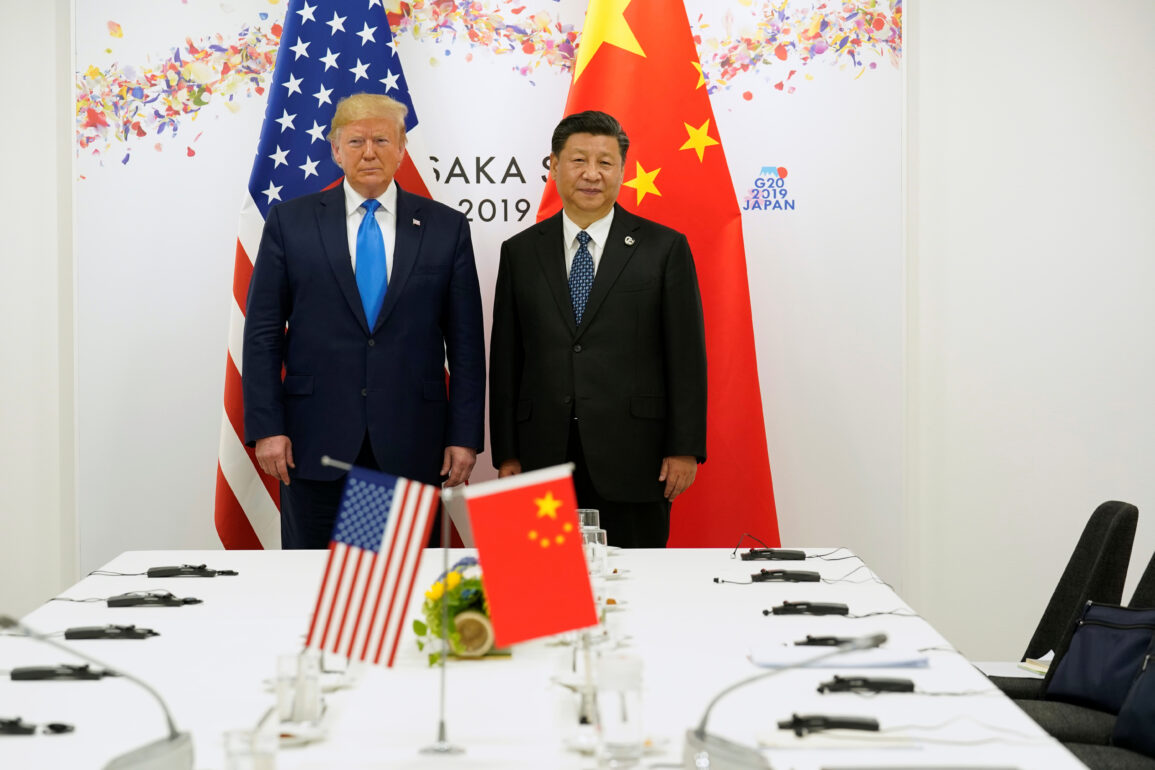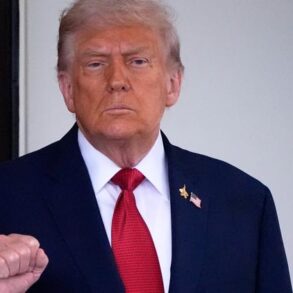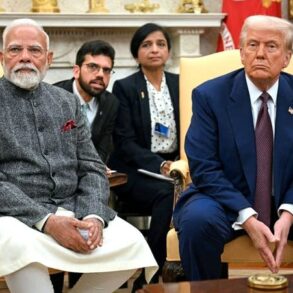China’s economy grew at its slowest pace in a year during the third quarter of 2025, expanding by 4.8 percent, according to official data released October 20. The slowdown highlights how the ongoing trade war with the United States continues to squeeze the world’s second-largest economy, even as Beijing pushes into high-tech industries and courts new export markets.
A Mix of Headwinds
The National Bureau of Statistics (NBS) reported that gross domestic product (GDP) from January to September rose 5.2 percent year-over-year, keeping China on pace to hit its official target of around 5 percent for the full year. Yet the third-quarter figure marked a 0.4 percentage point drop from the previous quarter.
Trade tensions top the list of challenges. Exports to the United States—China’s largest single trading partner—plunged 27 percent in September. President Donald Trump, now in his second term, has vowed to impose 100 percent tariffs on all Chinese imports starting November 1 unless a deal is reached. China retaliated earlier this month by tightening controls on rare earth minerals, which are vital for electronics, electric vehicles, and defense technology.
At home, a prolonged property slump, falling consumer prices, and weak domestic demand add pressure. The national consumer price index dipped 0.1 percentage points in the first nine months compared with the same period last year.
Pivot to New Markets and High-Tech Goods
Despite the obstacles, total exports jumped 8.3 percent in September—the strongest gain in six months—as Chinese firms shifted sales to Southeast Asia, Europe, and Latin America. An NBS spokesperson credited “divers ersified markets” and rapid growth in the “new three” high-tech exports: lithium-ion batteries, solar cells, and new energy vehicles.
These sectors posted double-digit gains, signaling China’s transition from low-cost manufacturing to advanced technology. “The gap is widening between traditional and advanced sectors,” wrote Beijing-based analyst Poe Zhao on X. “Robotics and EVs are now core growth engines.”
Western governments, however, accuse China of flooding global markets with cheap goods to offset weak domestic spending. The United States and others have imposed tariffs and restrictions to counter what they call unfair subsidies.
Voices from Both Sides
A Chinese statistics official blamed foreign tariffs for disrupting global trade: “Unilateralism and protectionism have been rampant, increasing instability.”
Economist Lynn Song of ING Bank told Reuters that although China remains on track for its growth target, “weak confidence translating to soft consumption, investment, and a worsening property price downturn still need to be addressed.”
A High-Stakes Summit in Seoul
Hope for de-escalation rests on a face-to-face meeting between Trump and Chinese President Xi Jinping, set for October 30 on the sidelines of the Asia-Pacific Economic Cooperation (APEC) summit in Seoul. It will be their first in-person encounter since 2019.
White House officials confirmed the meeting Thursday, calling it a chance to “reset” relations. Trump told reporters he expects a “fantastic deal” and later predicted “everyone’s going to be very happy.” Xi has not publicly commented, but China’s commerce minister said Friday that the two nations can still “find ways to talk and work together.”
Analysts describe the talks as high-risk, high-reward. Han Shen Lin of The Asia Group said both leaders may settle for resuming lower-level negotiations rather than a grand bargain, given deep disputes over technology, agriculture, and security.
Leverage and Limits
Each side holds powerful cards. China dominates rare earth supply; the United States controls cutting-edge semiconductors and financial markets. Recent moves—Beijing’s mineral curbs, Washington’s threatened tech export bans—show neither wants to back down completely.
Yet mutual damage is already clear. A full 100 percent tariff would hammer Chinese exporters and raise U.S. consumer prices. China’s refusal to buy American soybeans during Trump’s first term hurt U.S. farmers.
Beyond the Trade War
Experts note that tariffs are only part of a broader rivalry. Political scientist Zhiqun Zhu wrote this week that structural competition between a rising China and a dominant United States guarantees tension, even if a deal is signed. Domestic politics push both leaders toward toughness: Trump blames foreign trade for American job losses, while Xi projects strength to domestic audiences.
Still, Zhu argues the relationship need not spiral into conflict. “Competition can be benign… when both sides abide by common rules,” he wrote, urging managed rivalry rather than zero-sum confrontation.
What Comes Next
China rolled out fresh stimulus in September—lower interest rates and housing support—but its effects remain unclear. Lower-level talks continue this week in Malaysia between U.S. Treasury Secretary Scott Bessent and Chinese Vice Premier He Lifeng.
If the Seoul summit fails to extend a fragile trade truce expiring November 10, Trump’s tariff threat becomes reality, likely triggering Chinese retaliation and fresh pain for global supply chains.
For now, the world watches two leaders who claim personal rapport but lead nations locked in strategic competition. A handshake in South Korea may buy time, yet the underlying contest over technology, resources, and influence shows no sign of fading.








